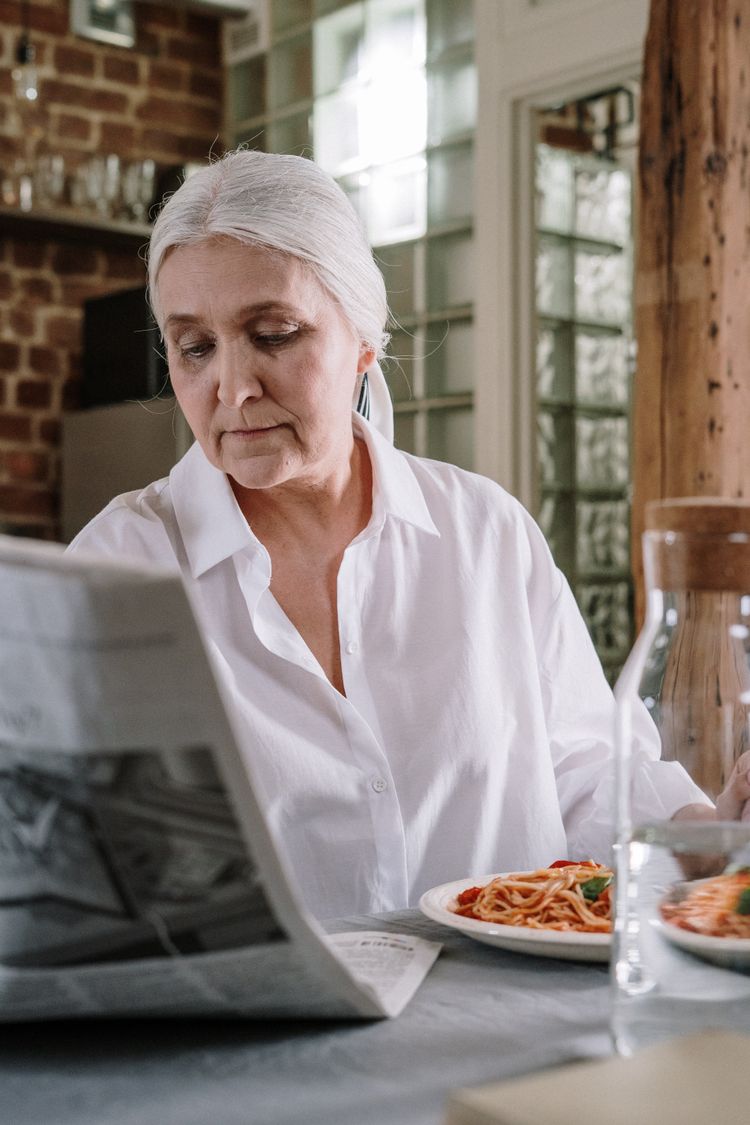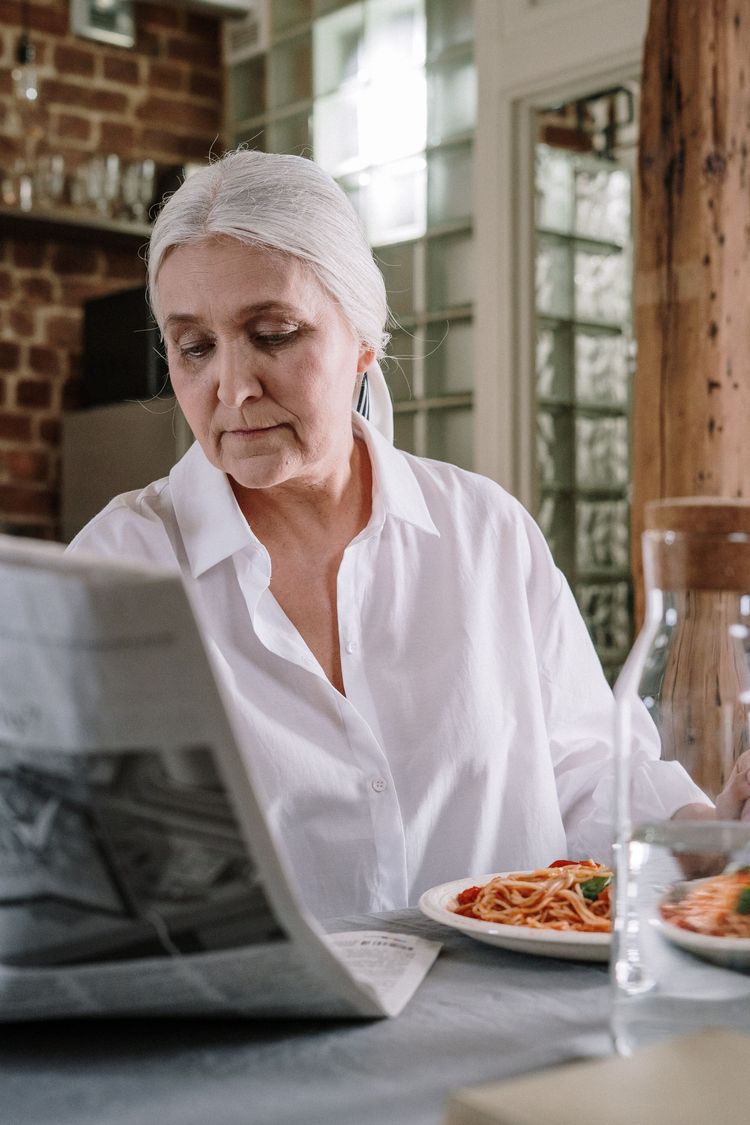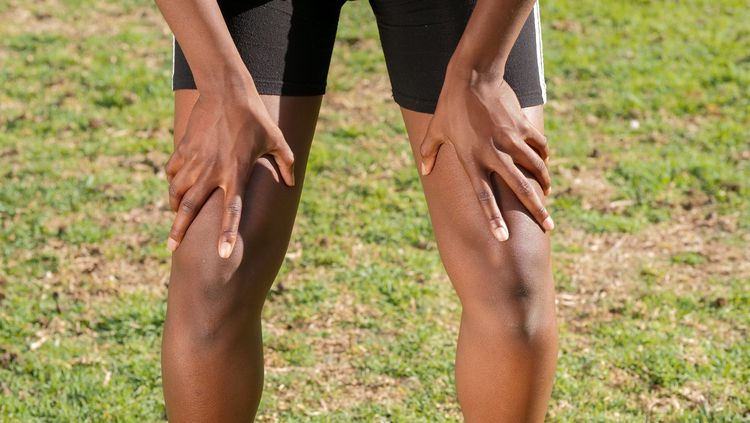🦀 PT Crab Issue 86 - Oh the Humanity!

Welcome to one week closer to spring and the nightmare that is the time change. It’s currently 9:40pm. My bedtime is usually 10. But my body thinks it’s only 8:40 so guess who’s going to bed at 11?

In other news, have you seen my hair?

My dog may not be impressed, but I am. More need to know content like that is on the twitter account, @LukeHollomon. Eventually I may work on an Facebook page too, but I’m never getting a TikTok. Never.
As usual, two articles follow. If you want to support PT Crab (and I sure hope you do! It pays for itself, but just barely, so not for my time yet.), please head here and become a supporter to get twice as many articles and lots of other good stuff for just $1.15 per week. Thanks!

Lastly this week, welcome to new subscribers Caroline U. and Agnieszka H. it's great to have you on board.
With all that over and done with, let’s dive in!
Fearful Contractions in ACLR
The Gist - If you’re afraid, according to the Tampa Scale of Kinesiophobia, you’re probably landing differently after your ACLR. At least, if you’re one of these 38 patients who had an ACLR within the last two years. They were compared with 39 healthy controls and had all returned to physical activity and felt confident performing hop tests prior to this study. The researchers used motion capture and EMG to compare the kinematics and muscle activation of the three groups (high fear, low fear, and control) and see just what a difference kinesiophobia made. And there were indeed differences.
At initial contact, trunk, knee, and hip flexion were signficantly different between all three groups, with high fear having more trunk flexion than control and both high and low fears having more hip and knee flexion. Muscularly, the high fear group had higher biceps femoris activation and higher anterior-posterior co-contraction index scores (i.e. they had more co-contraction around the joint).
In addition to the objective data, they took outcome measures as well, where they saw no differences between the high and low fear groups for the Tegner Activity scale, the International Physical Activity Scale, and the Knee Injury and Osteoarthritis Outcome Score. Though there weren’t differences between the fearful groups, they did score lower than control on all except the Knee Injury and OA scale.
Tell Me More - Equally as interesting as what the researchers saw is what they didn’t see. They had expected to see fear-related differences during the pre-activation phase of the test. Instead, all increased forces were reactive, not proactive. The overall theory is that this increased co-contraction and biceps femoris activation leads to a stiffer joint and less strain on the graft, good things. But they can also lead to increased tibiofemoral compression and knee joint degeneration, bad things.
The lack of difference between the fearful groups in the kinematic variables is notable as well. Both groups tended to increase hip and knee joint flexion, resulting in a lower center of mass. The researchers say that increased knee flexion could lead to “smaller patellar tendon insertion angles, greater hamstrings insertion angles, lower anterior tibial shear force, and lower tibiofemoral peak compression forces, all of which are considered to decrease ACL strain,” so that’s quite a nice adaptation.
The discussion of limitations in this paper and the overall discussion section are very illuminating and easy to read, so if you like ACLR content, do check it out.
Paper? It’s in PTJ, and is open access here.
Please Stand So Close To Me
The Gist - If you’re doing the FGA for community-dwelling older adults, does contact guarding influence the scores? Nope.
Tell Me More - 23 community-dwelling older adults (74 years average age) were given trials on the FGA, one with contact guard and the other with standby. They were video recorded and two PTs blinded to the purpose of the study scored them. After scoring, there was no significant difference between the scores on the two trials, with a P value of 0.882. Yay! So it looks like you may be able to contact guard the FGA.
And I know what you’re saying, aren’t all P values supposed to be 0.05. I learned 0.05! 0.05! 0.05!!. First off, calm down. And secondly: No. Especially no for this study. There’s a lot of statistical controversy about the use of 0.05 as the cutoff score, but that’s for another post (and really, another site). But in this study, they were ensuring that there weren’t significant differences between the two. Getting a p of 0.05 (or even 0.4) would’ve shown a significant difference, something that we don’t want.
Want even more details? Then read the paper folks. This one is well-written, clear, and important. And if you like Olds, make sure you check out the Journal of Geriatric Physical Therapy in general. Their older stuff is open access. And admittance to the Geriatric section (and thus access to the journal) is currently free for students.
Paper? Right here ya’ll. Open access too.
And that’s our week. Take two seconds, grab your colleague who’s right next to you, and point them to your favorite part of this email (and even though I’m sure it’s my hair, don’t show them that, I’m not going to thirst trap every Crab. But show them one useful bit of the Crab, because I’ll bet they’d love to learn it and then they’d subscribe. And that’d be wonderful.
Have a great week,
Luke
Here’s this week’s bibliography.
- Ansanello, W., dos Reis, F. J. J., Tozzo, M. C., Zatiti, S. C. A., Meulders, A., Vlaeyen, J. W. S., & de Oliveira, A. S. (2022). Development of the Avoidance Daily Activities Photo Scale for Patients With Shoulder Pain. Physical Therapy, 102(2), pzab268. https://doi.org/10.1093/ptj/pzab268
- Markström, J. L., Grinberg, A., & Häger, C. K. (2022). Fear of Reinjury Following Anterior Cruciate Ligament Reconstruction Is Manifested in Muscle Activation Patterns of Single-Leg Side-Hop Landings. Physical Therapy, 102(2), pzab218. https://doi.org/10.1093/ptj/pzab218
- Shaw, J. L., Robinson, B. S., Himes, M. K., Daniel, T. E., Holland, L. J., Mosley, G. D., Kraft, C. M., & Mulcahey, R. L. (2020). Does Hands-on Guarding Influence Performance on the Functional Gait Assessment? Journal of Geriatric Physical Therapy, 43(3), 137–141. https://doi.org/10.1519/JPT.0000000000000217
- Snyder-Mackler, N., & Snyder-Mackler, L. (2022). Holistic Rehabilitation: Biological Embedding of Social Adversity and Its Health Implications. Physical Therapy, 102(1), pzab245. https://doi.org/10.1093/ptj/pzab245






Comments
Want to leave a comment and discuss this with your fellow PTs? Join PT Crab and get summarized PT research in your inbox, every week.